Keir Leslie – 24 July, 2015
The objects in 'For Luck' range themselves somewhere between props for performances and indices of prior performances. Taken together, they develop an argument about performance as refracted through things: the importance of the trace. Swanson betrays a preoccupation with bodily purity and cleansing, and the impulse to relate the human body to nature.
For Luck, Zina Swanson‘s installation at the Dunedin Public Art Gallery, is a sort of deconstructed bathroom. The walls are tiled, and a low ledge runs along the rim of the space, before cutting inward to form a sort of irregular pier jutting across the wooden gallery floor. A gap, roughly the size and shape of a shower door, is left untiled, and a wooden bathmat is placed before it. The bathmat has been covered in minute white dots, apart from a pattern of irregular amoebic shapes. Two towels are arranged beside the bathmat, and a drain is let into the tiling, effectively sketching out a form of bathroom.
There is a certain Instagram-like quality to the careful placing of the bathmat and the towels, next to the artfully arranged lucky bamboo. The cleansing and purification rituals of For Luck suggest a kinship to the contemporary obsession with ‘wellness’ as a free-floating term that covers an almost unbounded terrain of self-care, self-control, and self-concern. For Luck resonates with the staging of performances of wellness rituals for others’ consumption, online and otherwise, and the presentation of the traces and props of those performances: the Instagrammed paleo breakfast, the Pinterest ‘Zen’ bathroom, the Tweeted run.
Along one tiled wall, Swanson has hung a series of watercolours. As always with Swanson, they are superbly executed, with a careful control of composition and a cool, distant, emotional tone. Her depiction of an acorn, intruding into a series of blue lines and causing them to slowly bulge and flare out, combines a simplicity of means and an almost naive approach to the subject matter with an underlying sophistication. Two of the works on paper make literal reference to the artist’s hand. One is a print of her hand in blue and then carefully dotted in white, with green lines radiating from the fingertips, which calls back to Swanson‘s prior works dealing with plant life. The other is a traced outline of her hand, which has been filled with eyelashes taped to the paper.
Swanson places this image in the context of the ritualised gesture of placing a fallen eyelash on the back of the hand and throwing it over the shoulder for luck.(1) This interest in luck, and the way that we ritually manipulate objects to ensure luck, is a central thread through the installation.
The objects in For Luck range themselves somewhere between props for performances and indices of prior performances. Taken together, they develop an argument about performance as refracted through things: the importance of the trace. The freighting of fragile objects with an almost excessive load of meaning through their use as the residue, trace, or perhaps harbinger of a performative action is reminiscent of Andrew Drummond‘s work, particularly that of the 70s and 80s. Drummond‘s practice at the time dealt with the investing of meaning in objects through metaphorical and ritual actions, as in works like Five Sights. And, as Drummond does in works like Filter Action, Swanson betrays a preoccupation with bodily purity and cleansing, and the impulse to relate the human body to nature.
Despite For Luck‘s disparate composition, Swanson’s conceptual rigour ties the parts together into an investigation of sculptural materiality that ranges through a broad and fertile territory.
Keir Leslie
(1) “Zina Swanson - For Luck”. 2‘15”, produced by Dunedin Public Art Gallery. https://youtu.be/j2qDPtk-4eM
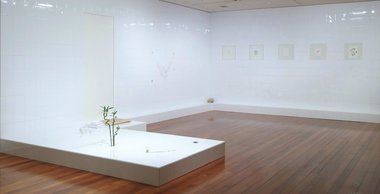
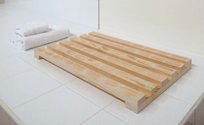




 Advertising in this column
Advertising in this column Two Rooms presents a program of residencies and projects
Two Rooms presents a program of residencies and projects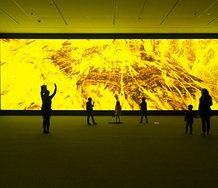
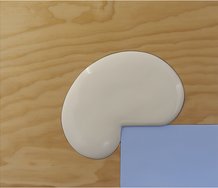
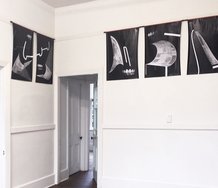

This Discussion has 0 comments.
Comment
Participate
Register to Participate.
Sign in
Sign in to an existing account.